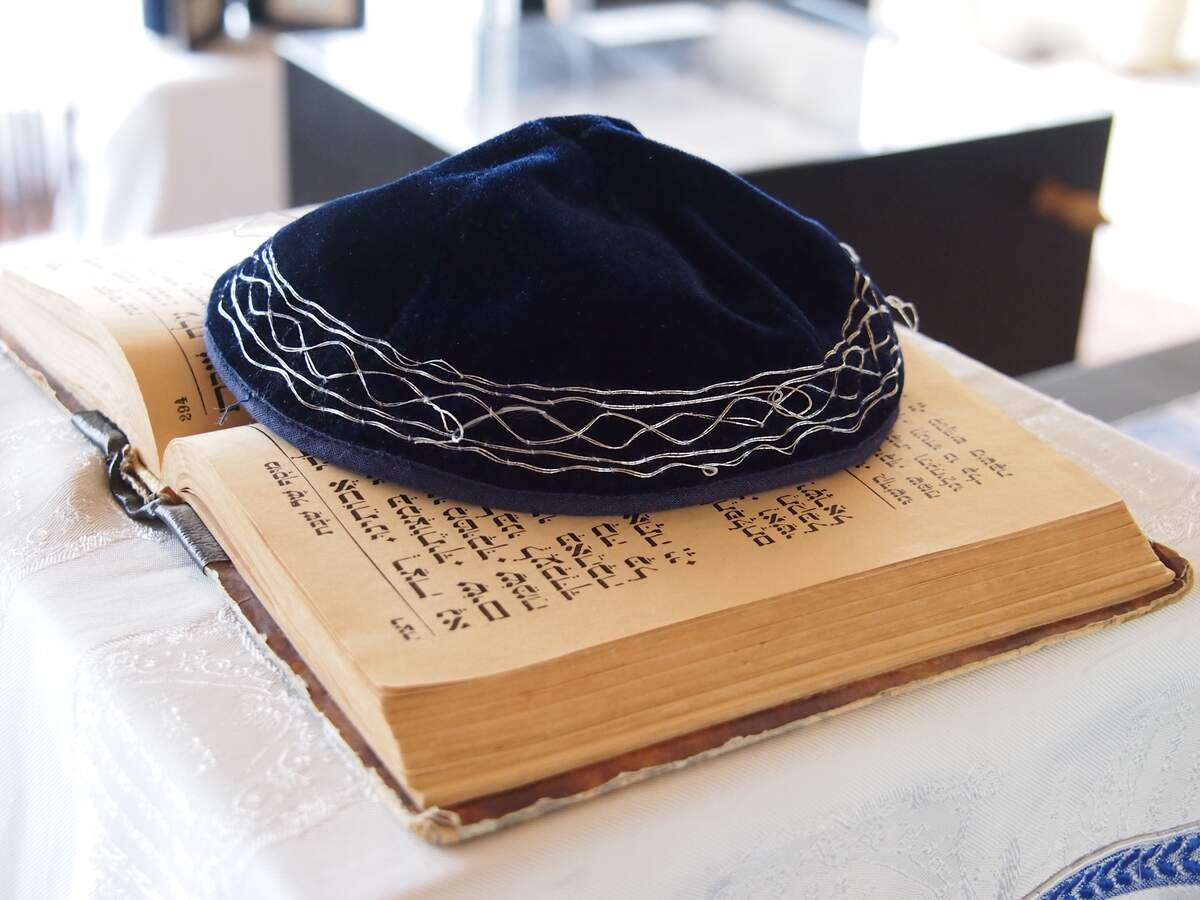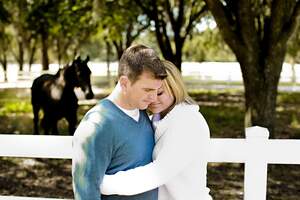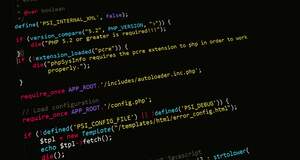

Pesach Sheni
Observed
the 14th of Iyyar in the Hebrew calendar
Dates
Tags
Religion & Spirituality
Hashtags
Sources
Pesach Sheni is translated to "second Passover." It occurs on 14 Iyar of the Hebrew calendar, which is one month after 14 Nisan, the day before Passover. On 14 Nisan, the Passover lamb, known as the Korban Pesach, was traditionally brought to prepare for Passover. A year after leaving Egypt, the Israelites were about to celebrate the Passover again. Some men weren't able to participate because they had come into contact with corpses, which made them ritually impure. Since they were required to participate, they were in a dilemma and talked to Moses and Aaron. This brought about the law of Pesach Sheni. During these times, those that had been on a distant journey or who were ritually impure because they came into contact with a human corpse, could bring the Korban Pesach on Pesach Sheni. Anyone who didn't bring it before Passover could bring it during this second Passover, provided that they didn't intentionally ignore it the month before.
As the temple in Jerusalem no longer exists, the Passover sacrifice is no longer done. Some eat matzo during Pesach Sheni to memorialize past Passovers. Some also omit the Jewish prayer Tachanun on the day. Pesach Sheni is important in Chabad and other Hasidic groups. The day has the theme of "second chances" with these observants. Teachers called rebbes conduct a tish with wine, bitter herbs, and matzah.
How to Observe Pesach Sheni
The most fitting way to celebrate the day is to eat something with matzah and bitter herbs. If you are a Hasidic Jew you may celebrate the day with a tish, consisting of wine, bitter herbs, and matzah.





















